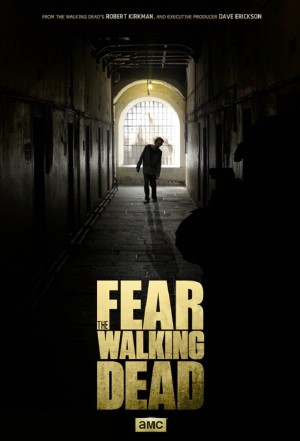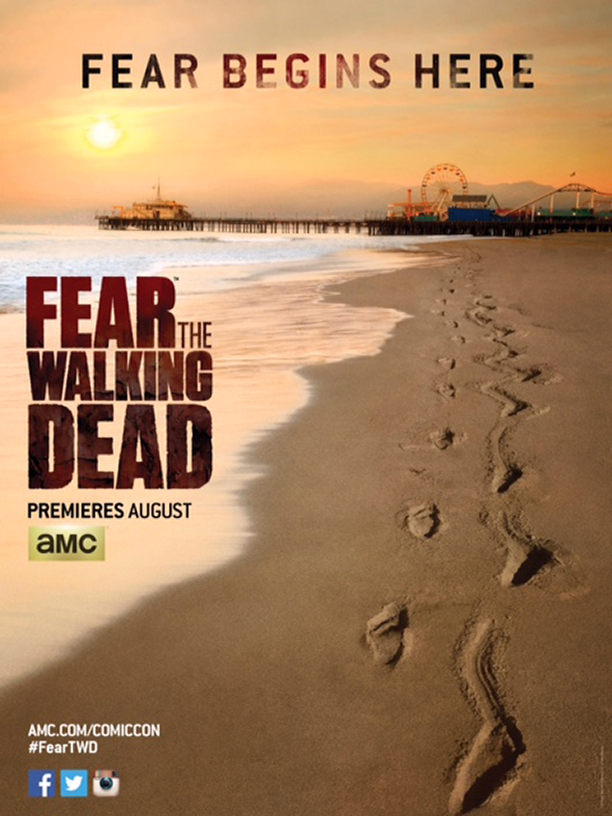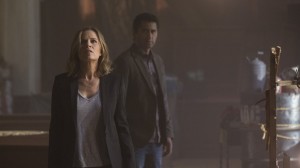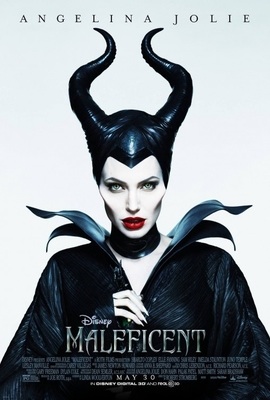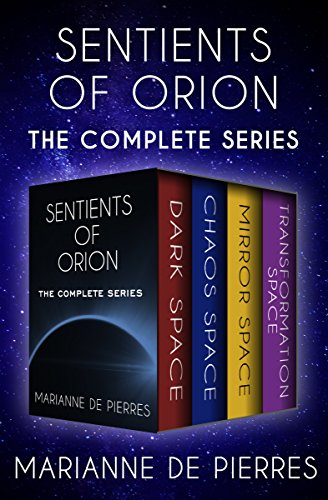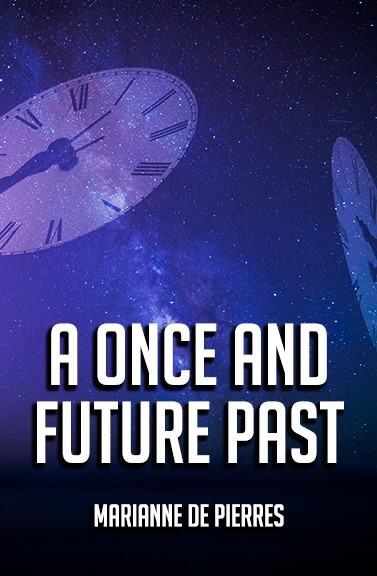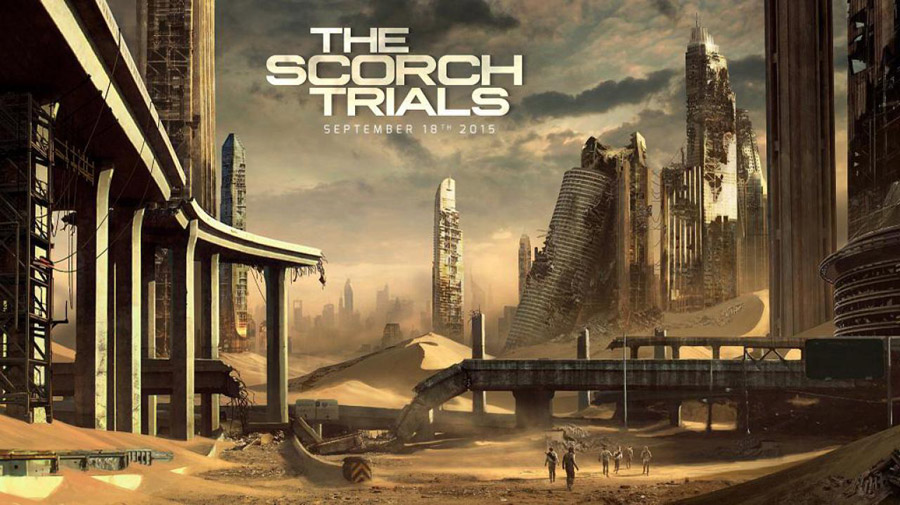 What YA dystopian fiction doesn’t portray…
What YA dystopian fiction doesn’t portray…
Dystopian fiction is designed to highlight societal and political shortcomings that could, if not corrected, lead to a less than ideal future. Historically aimed at a more mature audience, authors and filmmakers in recent years have nonetheless produced a number of books and film adaptations that target a young adult audience. These resulting materials have proven to show large profits and popularity at both book stores and box office.
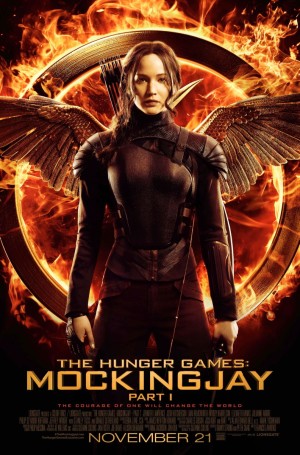 While traditional dystopian fiction wouldn’t seem to appeal to the young adult demographic, many of the currently popular works, such as The Hunger Games trilogy, the Divergent series, the Maze Runner series, and others, utilize a protagonist who is close in age to the targeted audience in order to make him or her easier to relate to. Katniss, Tris, and Thomas are all described as being in the range of 16 or 17 years old, allowing an audience of similar age to, hopefully, feel a connection to them and to their challenges and struggles.
While traditional dystopian fiction wouldn’t seem to appeal to the young adult demographic, many of the currently popular works, such as The Hunger Games trilogy, the Divergent series, the Maze Runner series, and others, utilize a protagonist who is close in age to the targeted audience in order to make him or her easier to relate to. Katniss, Tris, and Thomas are all described as being in the range of 16 or 17 years old, allowing an audience of similar age to, hopefully, feel a connection to them and to their challenges and struggles.
Unfortunately, while these novels contain plenty of references to what can happen when politics goes bad, there is a glaring hole in their reference to some of the very real problems in existence today, problems such as racism and sexism. I mean, these issues are not likely to miraculously disappear when some bigger global crisis comes along. And yet, that seems to be exactly what we’re expected to believe when either reading or watching these dystopian stories.
A dystopia is what occurs when the world falls to pieces and society’s very real problems are pushed to an extreme. This can be be portrayed in many ways: leading to some form of oppression such as mind control like that found in Divergent and Insurgent, which can both be streamed on Amazon or DTV, or through more direct and brutal means such as the yearly battle to the death in The Hunger Games. However, when society’s real world issues of racism and racial inequality are (at best) downplayed and (at worst) ignored, the risk is very real that entire segments of current society will ignore and/or condemn the books and films that Hollywood is hoping will draw them in.
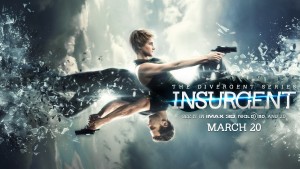 Further, while these novels and films are offering up more in the way of female protagonists, the girls in question more often than not succeed due to their ability to act more like their male counterparts rather than less. They compete on the same level and without any mention of historical inequalities that have beleaguered them i.e. their assumed inferiority, or their being supposedly the weaker sex.
Further, while these novels and films are offering up more in the way of female protagonists, the girls in question more often than not succeed due to their ability to act more like their male counterparts rather than less. They compete on the same level and without any mention of historical inequalities that have beleaguered them i.e. their assumed inferiority, or their being supposedly the weaker sex.
In the Divergent series in particular, we’re led to believe that the powers that be following a catastrophic global event of some sort set up a system where human beings are segregated and identified by faction only. And yet, even recent history has repeatedly shown that we as a people tend to divide along lines of both race and gender when hit with a crisis situation.
On the positive side, some of these novels do a fairly decent job of describing what could happen if, for example, our current environmental issues are left unchecked. This is particularly true for a series such as The Maze Runner, and is especially emphasized in The Scorch Trials, the second film to be adapted from the second novel in the trilogy and in which the Earth has become a desert wasteland. However, leaving out other equally important issues leaves the entire genre feeling a little incomplete.
If this particular subgenre of young adult fiction wishes to continue drawing in the widest audience possible, it’s time that the writers and filmmakers alike consider embracing more diversity within the material they present. Otherwise, they may find that both their popularity and their profits are short lived.



















